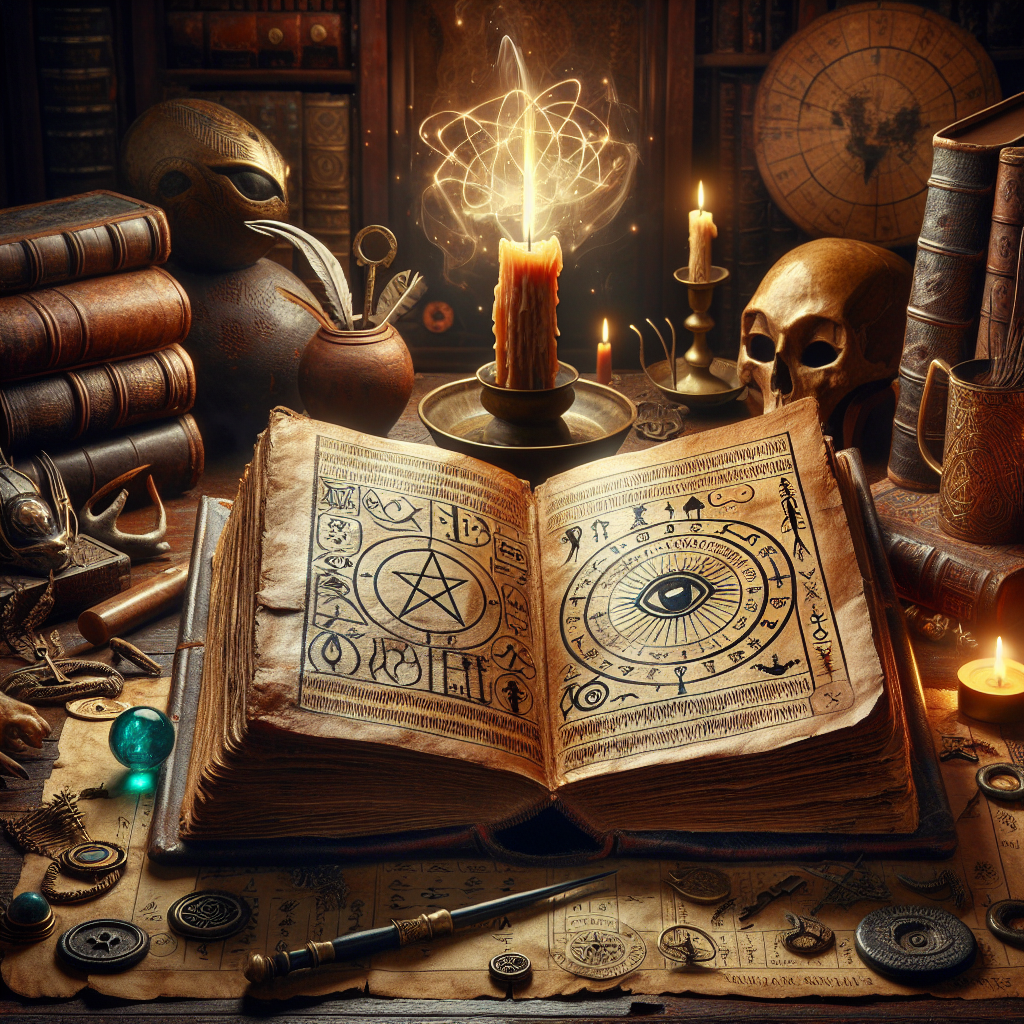Necromancy, the practice of communicating with the dead, has long been a fascinating and controversial topic in folklore and mythology. From ancient civilizations to modern popular culture, the concept of necromancy has permeated various belief systems and traditions, often invoking feelings of fear, intrigue, and mystery.
In many cultures, necromancers are portrayed as mysterious and powerful figures who possess the ability to commune with spirits and manipulate the realms of the living and the dead. They are often depicted as dark and sinister individuals who dabble in forbidden magic, using their powers to control the spirits of the deceased for personal gain or to seek revenge on their enemies.
One of the most well-known examples of necromancy in folklore is the story of the witch of Endor from the Bible. In the Book of Samuel, King Saul seeks out the help of the witch to summon the spirit of the prophet Samuel, who had recently died. The witch successfully conjures Samuel’s spirit, who predicts Saul’s impending doom and downfall.
In Greek mythology, the figure of Hecate, the goddess of witchcraft and necromancy, is often associated with the practice of communicating with the dead. Hecate is said to have the power to guide souls to the underworld and to reveal hidden knowledge from the realm of the dead.
In medieval Europe, necromancy was considered a form of black magic and was often associated with witchcraft and demonic worship. The infamous grimoire, the “Key of Solomon,” contains instructions on how to summon and control spirits for various purposes, including divination and prophecy.
In modern popular culture, necromancy continues to be a prevalent theme in literature, film, and television. The Harry Potter series by J.K. Rowling features the character of Voldemort, a dark wizard who uses necromancy to achieve immortality and control over the dead. In the television series “Buffy the Vampire Slayer,” the character of Willow Rosenberg dabbles in necromancy to resurrect her deceased lover.
Despite its dark and taboo nature, necromancy also holds a symbolic significance in folklore and mythology. It represents the human desire to overcome death and to communicate with the spirit world, seeking answers and guidance from those who have passed on. In some cultures, necromancy is seen as a sacred and revered practice, used for healing and spiritual purposes rather than for malevolent intentions.
Overall, the role of necromancy in folklore and mythology is a complex and multifaceted one, reflecting the diverse beliefs and traditions of different cultures throughout history. It continues to capture the imagination of people around the world, serving as a reminder of the eternal mystery of life and death.


Leave a Reply